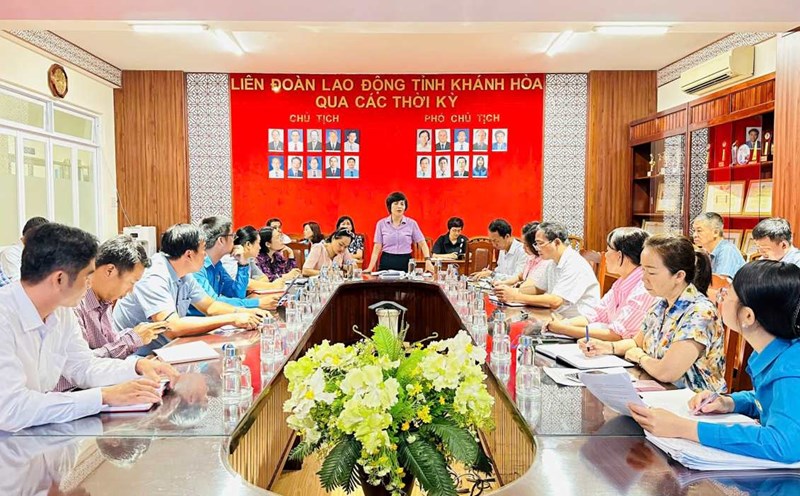On July 3, the Department of Education and Training (DET) of Khanh Hoa said that in June 2025, the sector received a list of 325 students from preschool to high school following their parents to work in new areas after the province merged.
This figure will continue to be updated in the coming time depending on the actual situation.
Currently, many parents are still in the early stages of a job transfer, so they have not proposed specific schools and have not completed the procedures for transferring schools and enrolling their children.
In that situation, the Department of Education and Training has directed schools to prioritize receiving and creating maximum conditions for students in need, suitable for parents' workplaces to facilitate the pick-up and drop-off and care of their children.
The leaders of the Department of Education and Training also noted that there may be situations where many documents are crammed into a few schools, causing overload. In these cases, educational institutions need to promptly report to departments and People's Committees at the commune level for reasonable coordination, ensuring enough space for students.
In fact, in recent years, some localities in the province have transferred students between schools, or increased the number of students/class to balance learning needs.
This year, primary school admissions will also be organized flexibly, transparently, and publicly, to ensure the learning rights of all students and to suit the reality of each locality.
The education sector continues to apply priority policies and regimes by region for students who are receiving them according to current zoning decisions, until new regulations are issued to replace them.
Notably, in the process of handing over the task of State management of education to the People's Committees at the commune level (after the end of the operation of the district-level Department of Education and Training), the Khanh Hoa Department of Education and Training has thoroughly grasped the spirit of not interrupting or disrupting educational activities in the locality.
Especially in the field of primary enrollment, in the context of applying the 2-level local government model.











